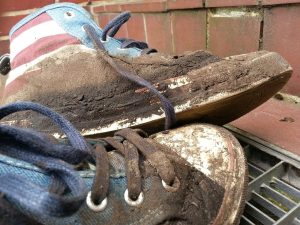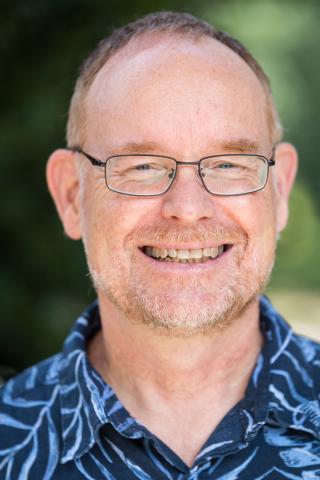Hurricane Recovery: the Power of Strong Communities before the Storm
Published for Community Engagement Learning Exchange on August 30, 2019.
With Hurricane Dorian moving toward the Bahamas and Florida, I found this article from The Atlantic of interest.
Some snippets, (lightly edited) to encourage you to read further:
- “When you step back and look at most disasters, you talk about first responders—lights and sirens” that [misses the point], the former FEMA director Craig Fugate told me in 2015. “The first responders are the neighbors, bystanders, the people that are willing to act.”
- The importance of people helping one another, whether they’re semi-organized teams like the Cajun Navy or just individuals checking on an elderly neighbor, means that the best determinant of how well a community fares in a storm is often not what happens after landfall, but what it was like before the wind and water hit.

- “Because of segregation by race and class, the communities that tend to have these physical aspects that make them safer are also where people who are richer and better educated and whiter live,” says Jacob Remes, a historian and disaster scholar at NYU. That means other demographic groups are more vulnerable when storms hit—though there are plenty of examples of poorer but tight-knit communities reacting effectively in places such as post-Katrina New Orleans.
Previous blog posts have examined communities and their disaster responses:
- Housing is the Prescription for Healthy Communities after Disaster
- GreensboroStronger with Community Leadership
So, the full range of every-day neighborliness and community engagement is like putting fuel in the tank before a disaster strikes. Here’s the article.
The post Hurricane Recovery: the Power of Strong Communities before the Storm appeared first on Community Engagement Learning Exchange.
Public Officials - Local and State Government Roles
Topics - Local and State Government



